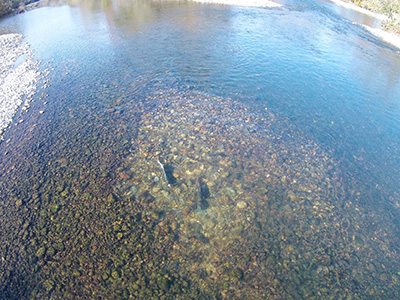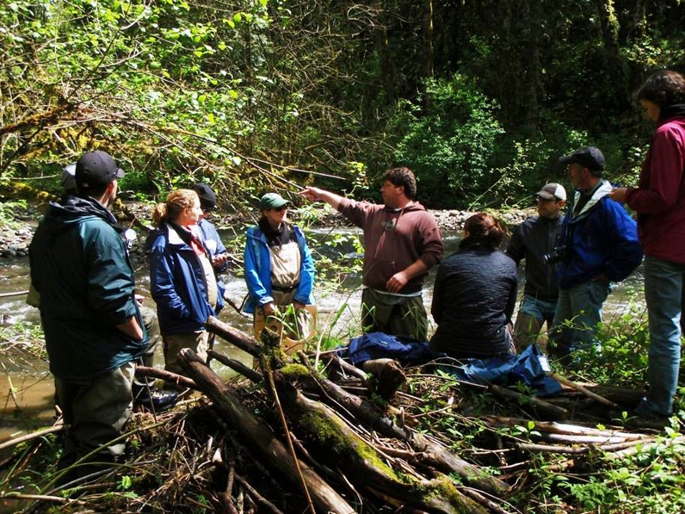The course will explain and demonstrate common techniques for:
- Assessing habitat and collecting and analyzing field data
- Integrating physical, biological and aesthetic objectives into habitat improvement design
- Characterizing and estimating sediment transport and sediment budgets for enhancement sites
- Designing effective monitoring programs
- Choosing appropriate fish habitat improvement designs
- Channel and instream structure design
- Sediment transport
- Understanding enhancement limitations
- Selecting equipment and material
- Fish passage assessment and design techniques
- Data and project presentation









